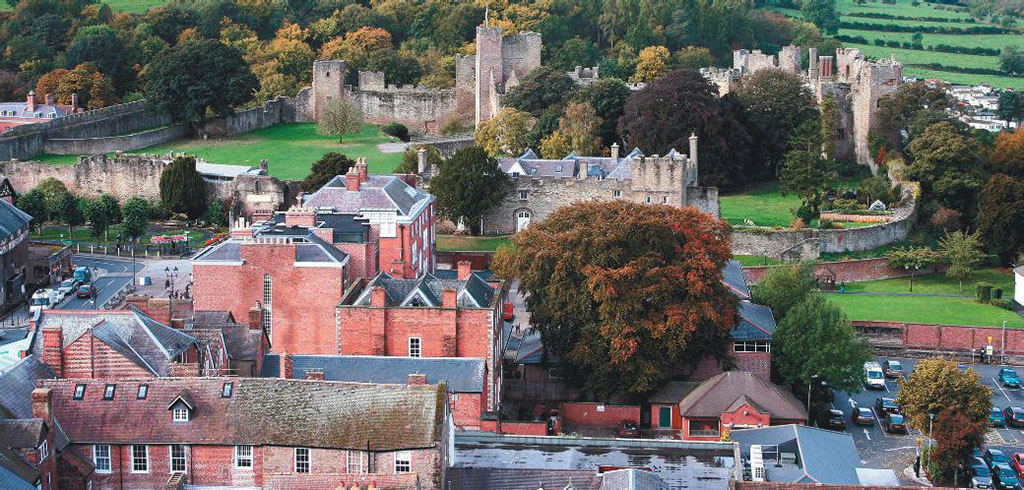
Morsels of Spanish tapas tempt among many ethnic and national cuisines in Ludlow.
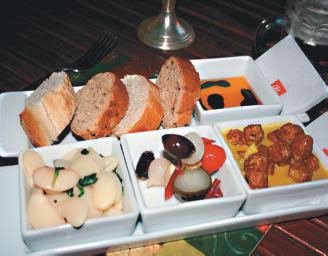
Most classic market towns grew up around a castle or an abbey. in Ludlow’s case, that was Ludlow Castle. William the Conqueror imposed his feudal dominion in the 11th century by investing it in strong-armed barons, the Marcher Lords, who fortified the border with their castles (see “Chepstow,” January 2015, p. 36). In Ludlow’s case, it was roger de Lacy who began construction in 1085 on the fortress still standing and lording over the town today.
Remarkably much of the town that evolved through the successive centuries remains visible today, with building styles of every period filling the townscape. More than 500 Ludlow buildings have listed status protecting them from architectural change. From the town’s earliest times, a regular market took place just outside the castle gates. Today the open-air market functions much the same today as it has for centuries, every Monday, Friday and Saturday.
For Ludlow, however, the local market is the true centerpiece of a town that has had an extraordinary reputation for food over the last decade or so. Though far from London or any metropolitan area, Ludlow is a serious foodie town. Local seasonal produce from potatoes to apples, locally raised pork, beef and poultry, artisan cheeses and sausages, game and regional baked goods all reach the heights at Ludlow Market and through the cafes, tea shops, restaurants and pubs that thrive in the competitive gastronomic environment.
Getting to Town
Catch a train out of Paddington for South Wales and change in Newport to the line running north along the Welsh border through Hereford to Ludlow. By road, the A49 threads the Marches through Hereford and Leominster to Ludlow—and on to Shrewsbury. Pick up the A49 via the A44 from Oxford through the North Cotswolds, or off the M5 via the A40 or M50. Either way, that last hour or two is a beautiful journey.
A Bed for the Night
Ludlow offers a broad range of inns, hotels and B&Bs. Browse the choices on the excellent town website for visitors, www.ludlow.org.uk. A classic stay, however, is the 3-star, half-timbered Feathers Hotel that has been offering food and lodging since 1670.
[caption id="" align="aligncenter" width="683"]
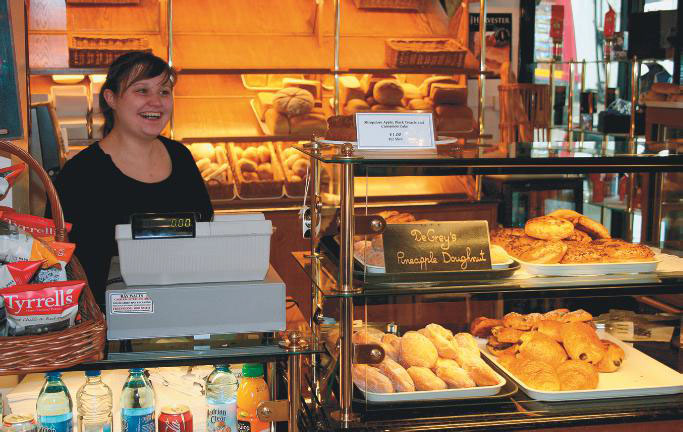
Main Event: Ludlow Castle
Ludlow spills up onto rising ground from the river Teme crowned by Ludlow Castle at its heart. This is a great castle visit, with a colorful history, well-maintained ruins and displays, and phenomenal views from the battlements over the Shropshire countryside. King Edward IV made the castle the seat of his Council of Wales and the Marches. The young princes lived there when their father died in 1483. it was here at Ludlow, too, not a generation later, that King Henry VII’s oldest son and heir, Prince Arthur, died—leaving a widowed Catherine of Aragon to marry a young soon-to-be Henry VIII.
Around Town
The Buttercross at the center of town is Georgian, not medieval, but it is still used today by market-day traders. St. Laurence parish church is the largest in Shropshire, built with medieval wool wealth. it is acclaimed for its stained glass and carved misericords. Climb the 135-foot tower for great views of town, castle and surrounding countryside. Take scenic walks along the river and over several splendid cast-iron bridges.
Where to Eat
Anywhere. It is almost impossible to find a bad meal in Ludlow. From DeGrays bakery and tearooms to Michelin-starred Mr. Underhills, every pub and restaurant takes its food seriously. Thai, Mediterranean, Indian and English bistro classics are all on colorful and delicious offer. Or make a picnic from the market and any of Ludlow’s three butcher shops, four bakeries and specialist food shops from cheese to chocolate. With its own brewery as well, don’t fail to sample the local Ludlow beer.
Ludlow’s food fascination comes to fever pitch with two annual festivals on the grounds of Ludlow Castle and spilling into the town. A spring festival celebrates beer, bangers and bread, with music, classic cars and entertainment. September’s three-day Ludlow Food and drink Festival draws gastronomes from around Britain. More than 150 local food producers showcase their goods, workshops and demonstrations abound, and visitors follow the “Sausage Trail” around town.
In the Vicinity
The train line runs north to Crewe or Chester—and from there to North Wales or Scotland. The A49 carries on as well. Either way, Shropshire’s county town of Shrewsbury makes a great visit. Heading south, the small cathedral city of Hereford is welcoming and worth exploring. From there, head into the Brecon Beacons, or turn east to the Cotswolds and back toward London.
[caption id="" align="aligncenter" width="684"]
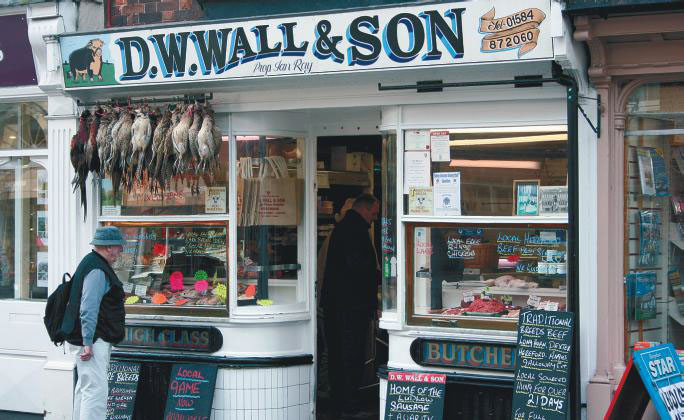
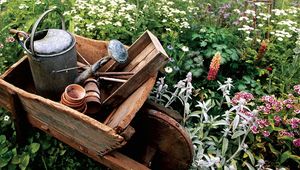
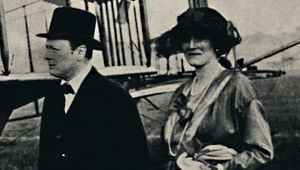

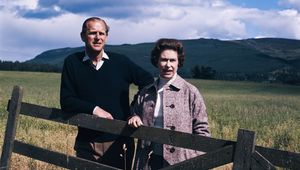
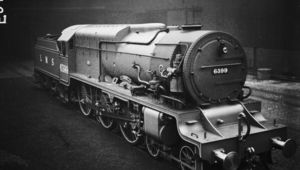
Comments